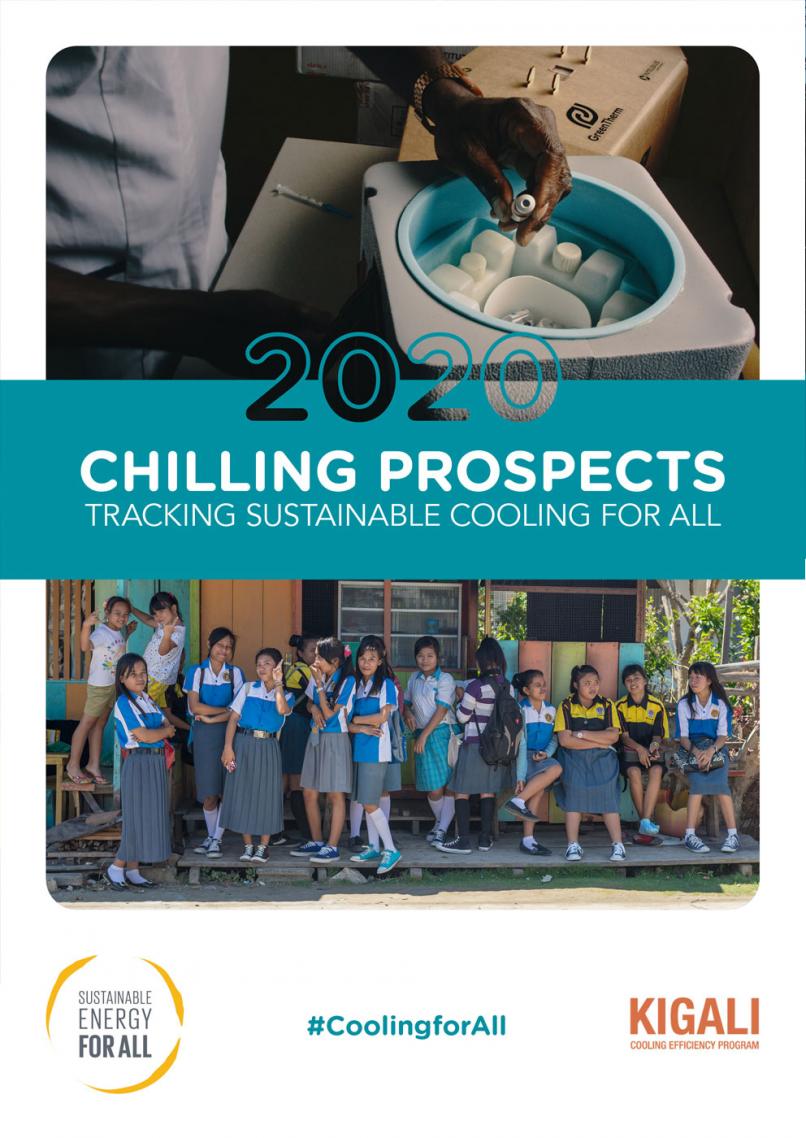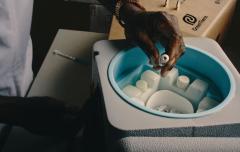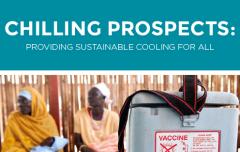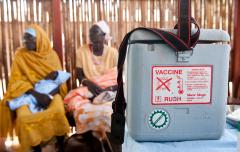Chilling Prospects: Tracking Sustainable Cooling for All 2020
The Chilling Prospects series tracks immediate vulnerability due to a lack of access to cooling, identifying populations at high risk whose lack of access threatens their immediate health and safety.
It models risk on the basis of a spectrum of access to cooling that crosses human safety and comfort, food and nutrition security and agriculture, and health services for four populations: the rural poor, the urban poor, the lower-middle income and the middle income.
Global access to cooling in 2020
Across 54 high-impact countries [1], 1.02 billion people among the rural and urban poor remain at high risk from lack of access to cooling. This includes 318 million people living in poor rural areas and 699 million living in poor urban areas. A further 2.2 billion lower-middle-income people lack access to clean and efficient cooling. In Africa, the rural poor population continues to grow, to 204 million in 2020, whereas in Asia, the number of urban poor continues to grow, up to 484 million people in 2020. A case study on India also shows the sub-national dimensions of measuring and addressing sustainable cooling for all. Read more.






